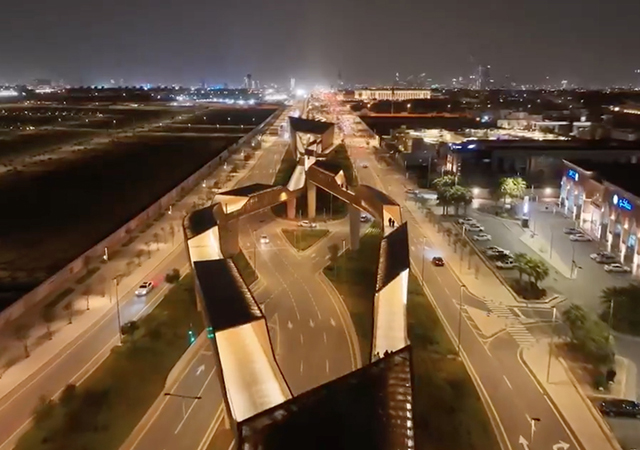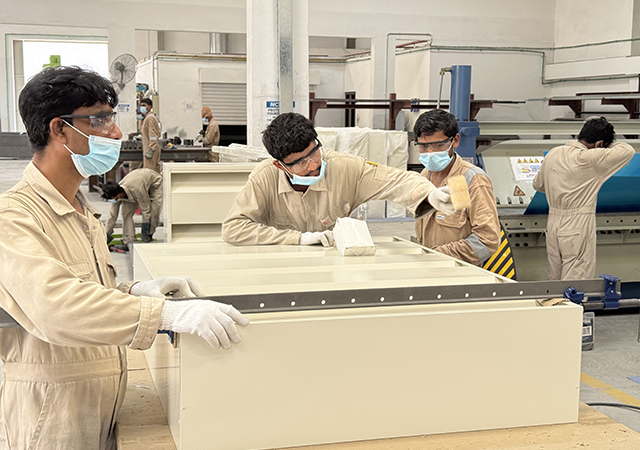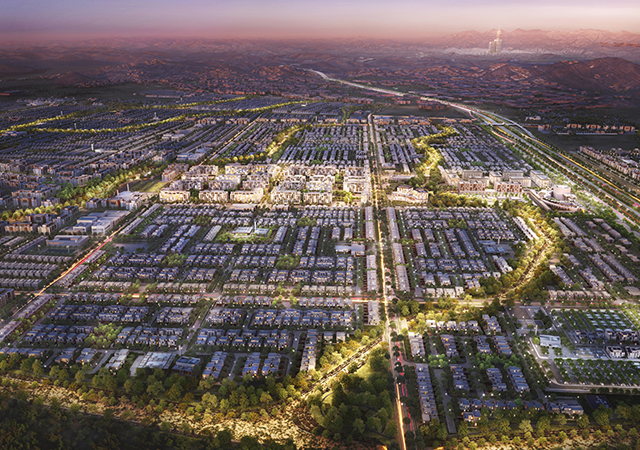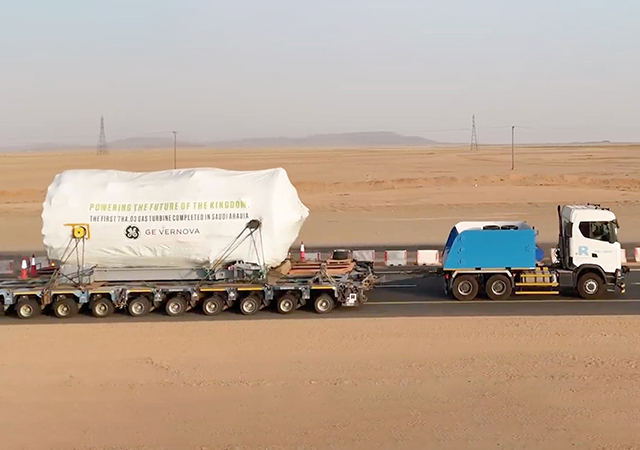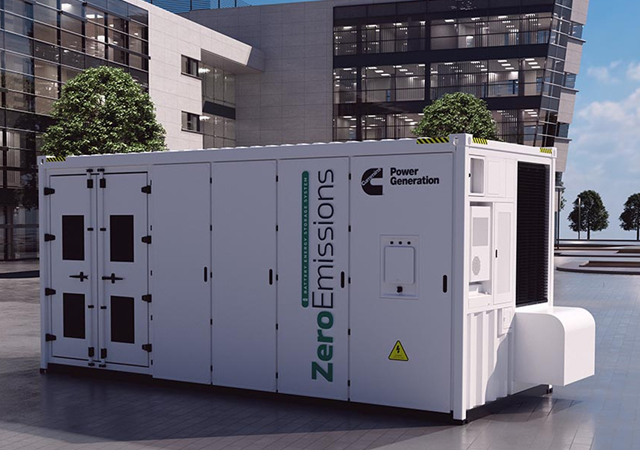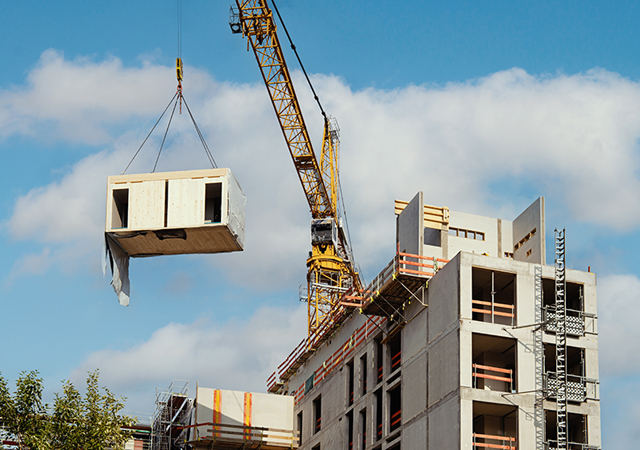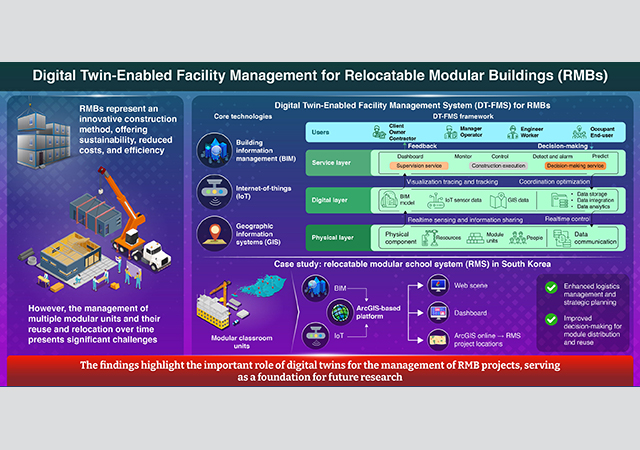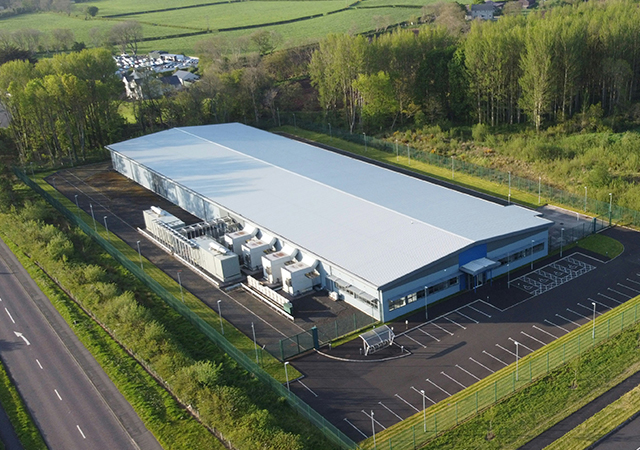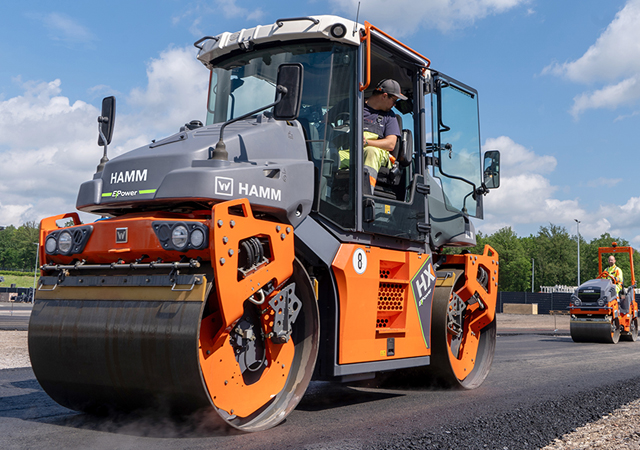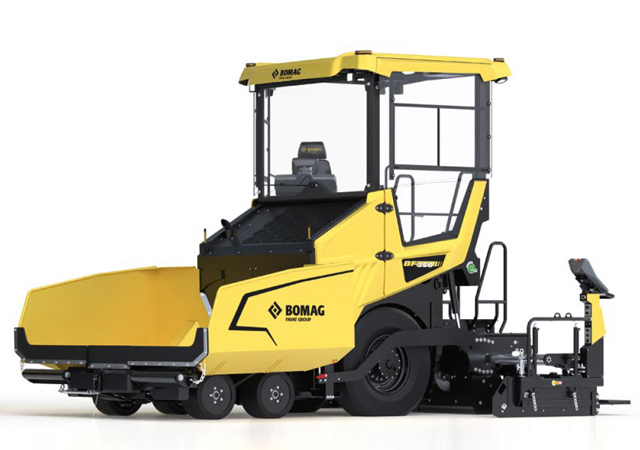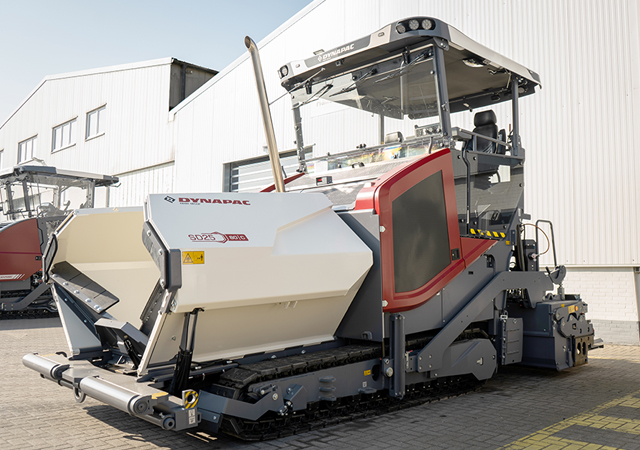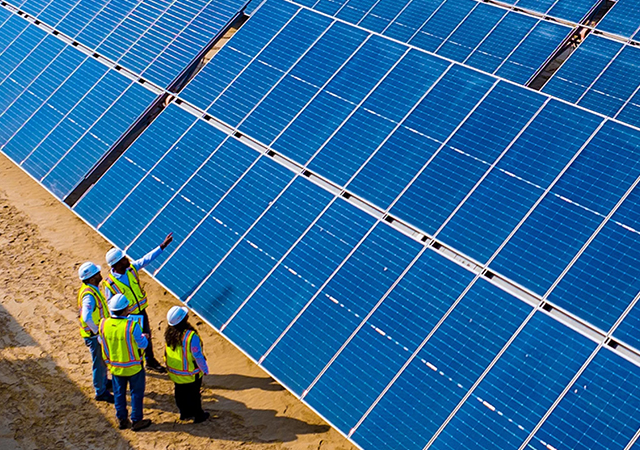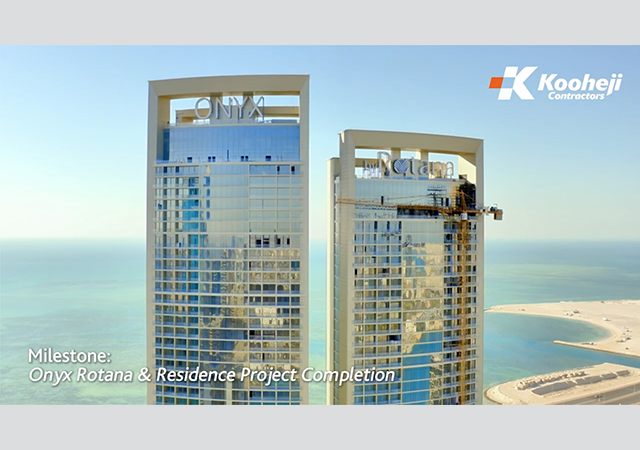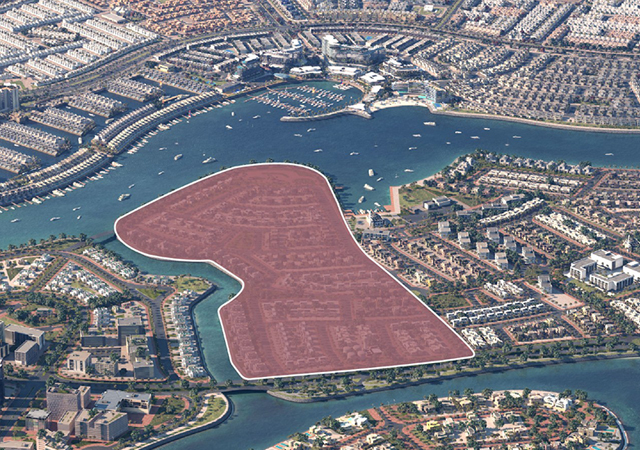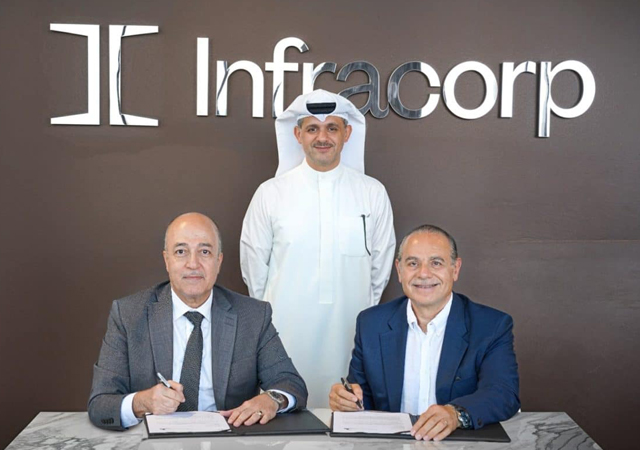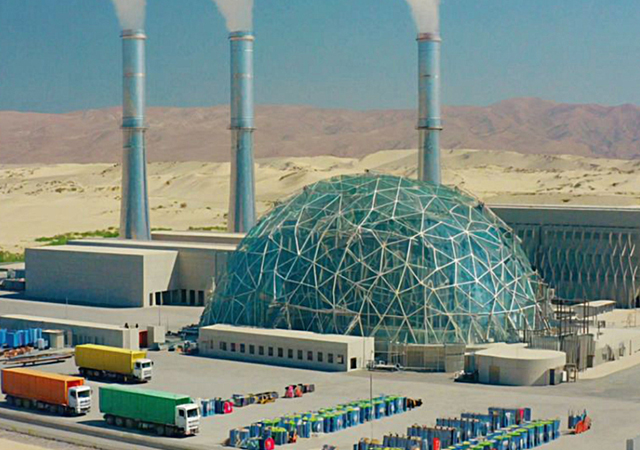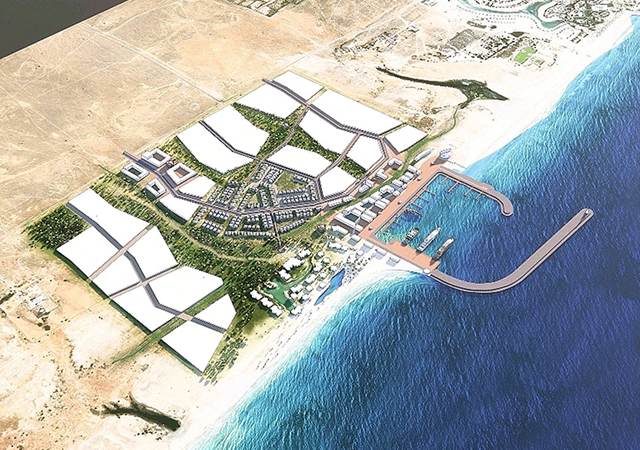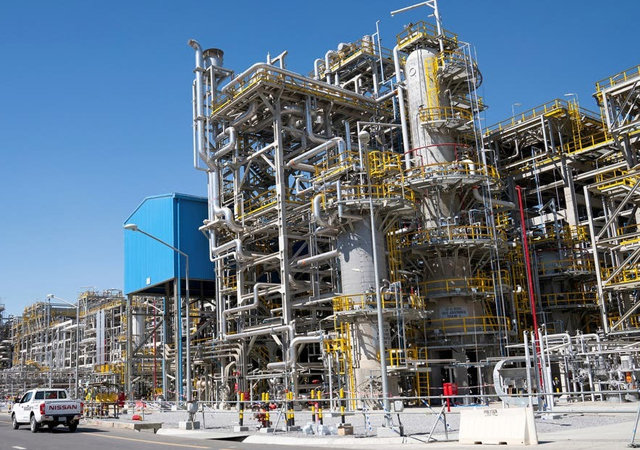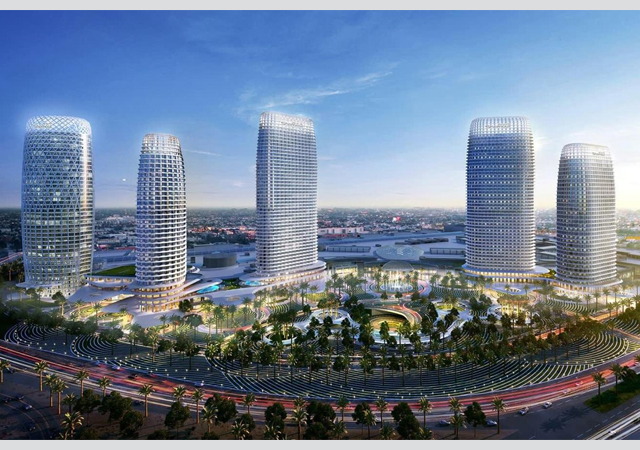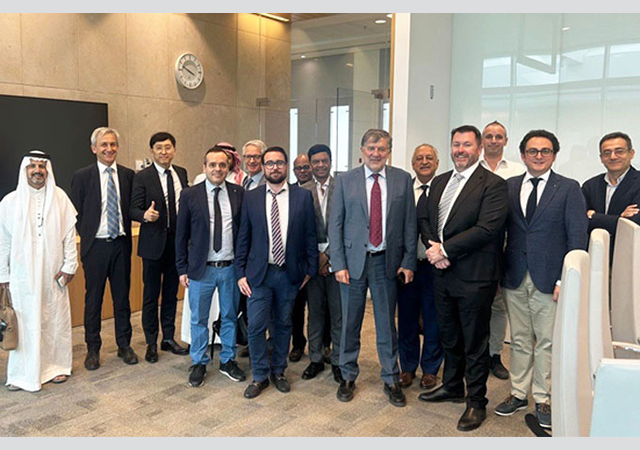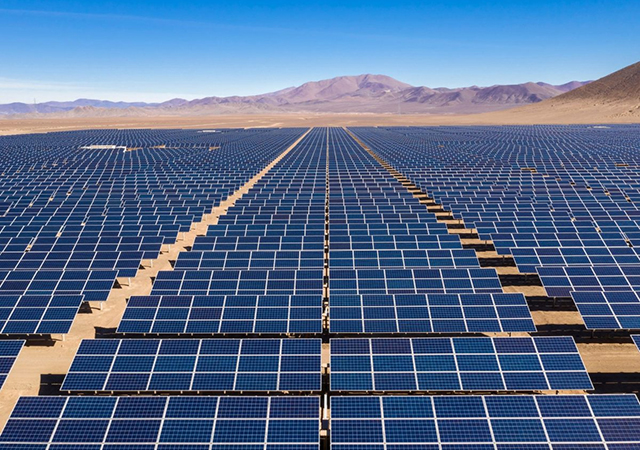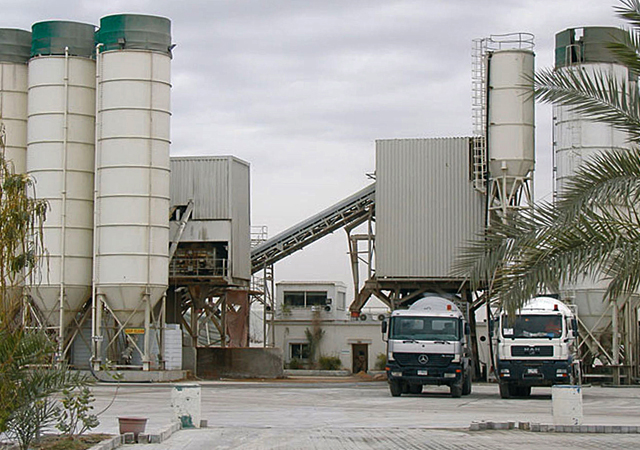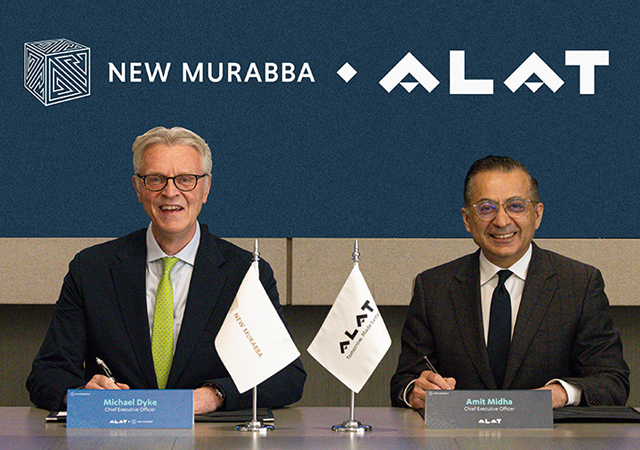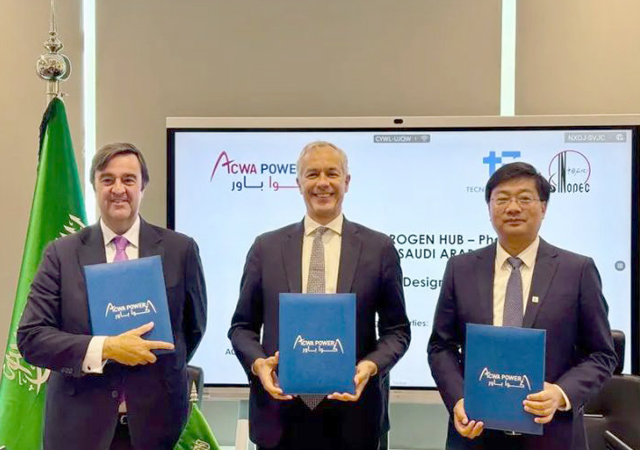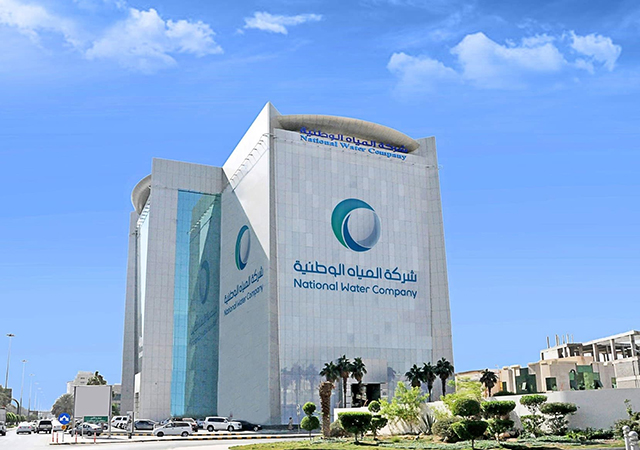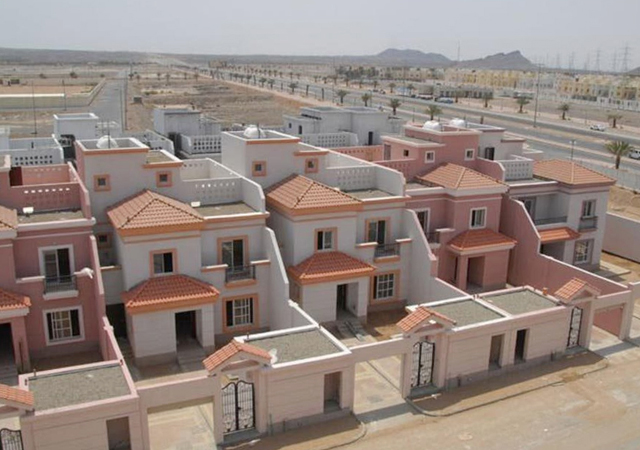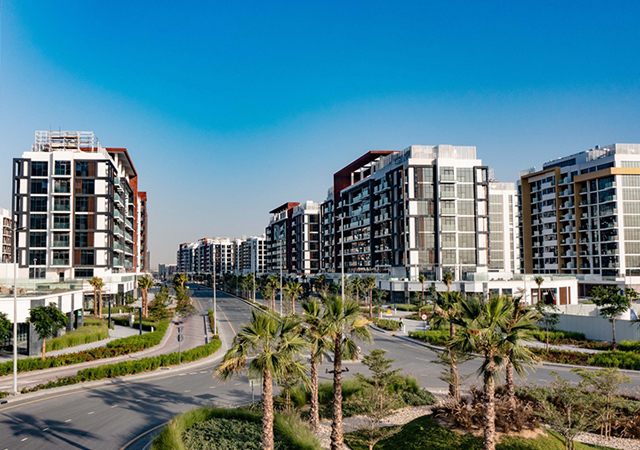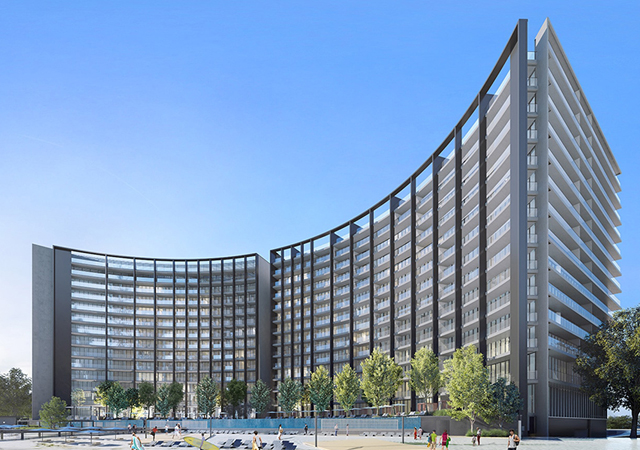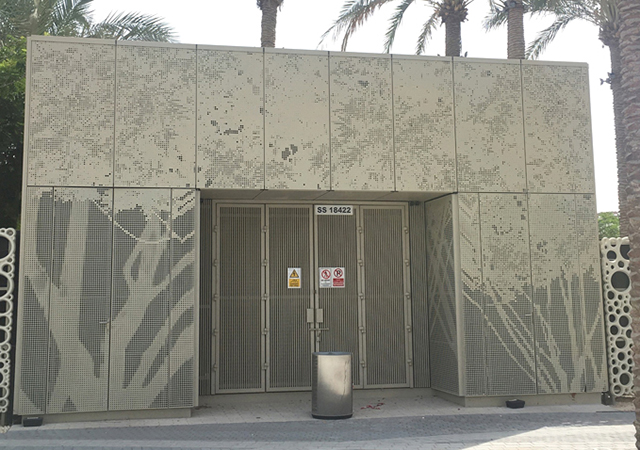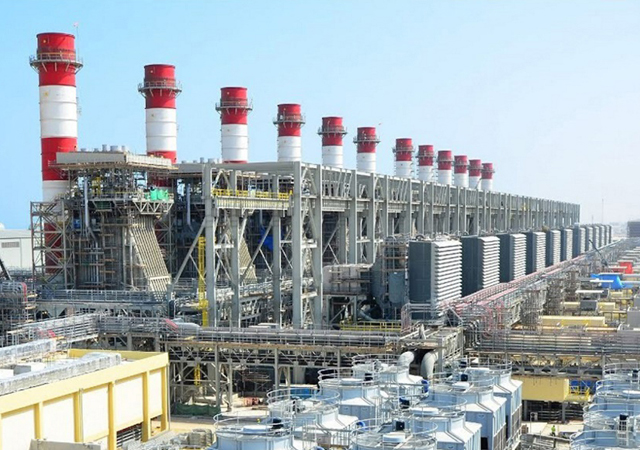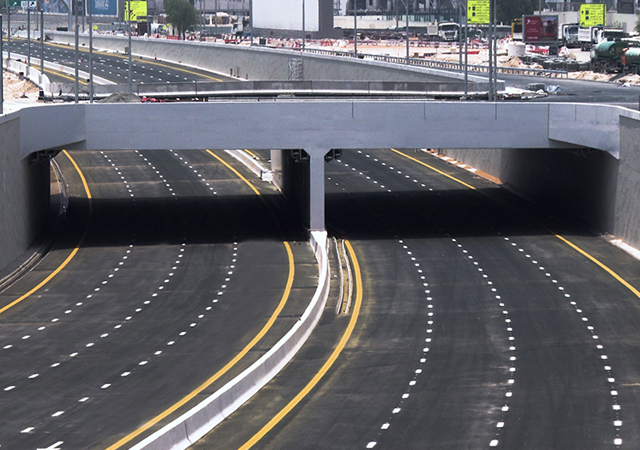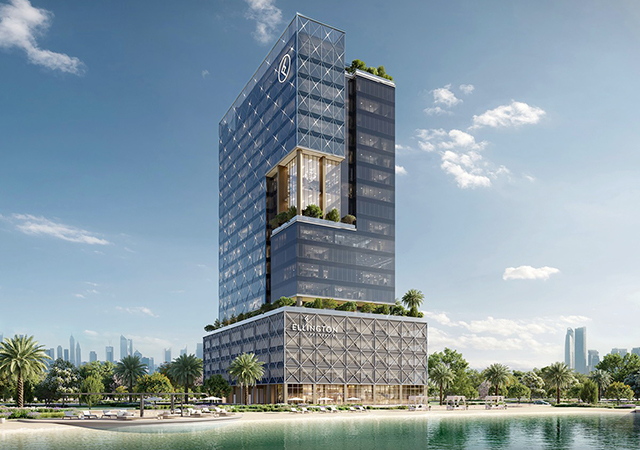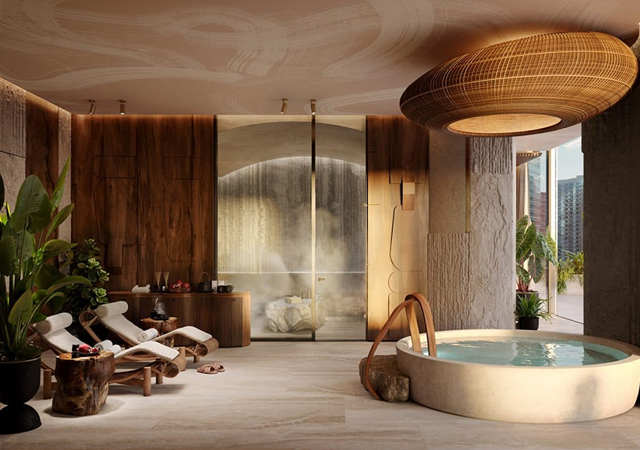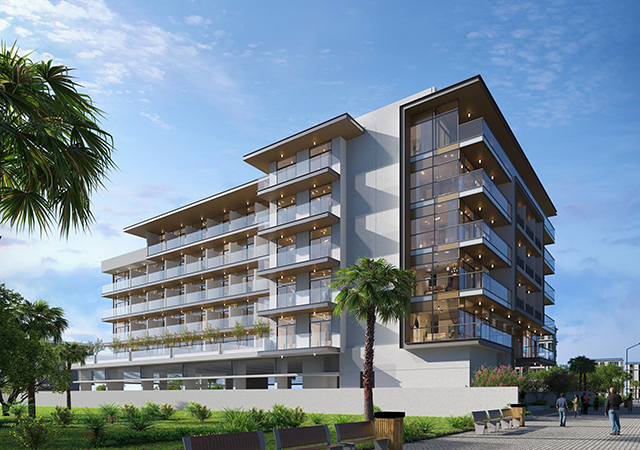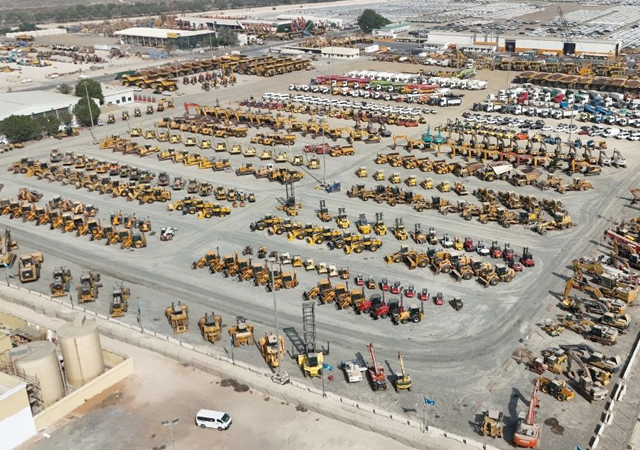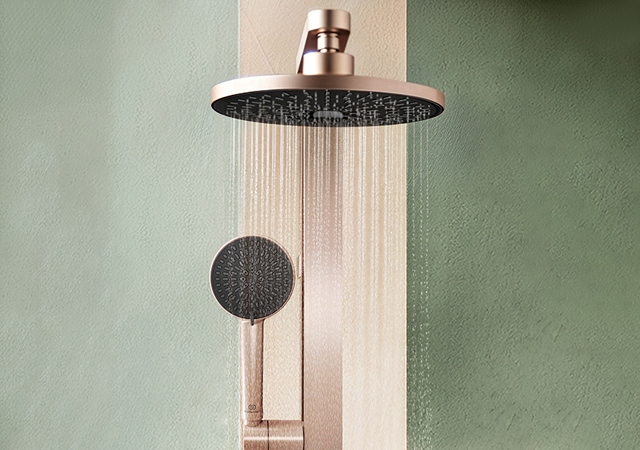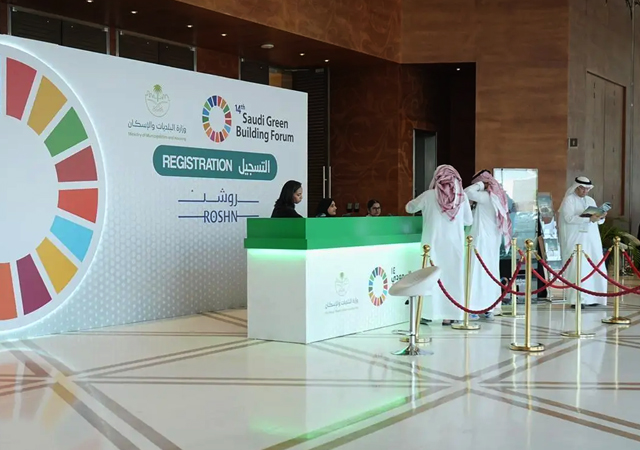
 Underfloor air, delivered via raised floors entails using the raised floor plenum as one huge duct.
Underfloor air, delivered via raised floors entails using the raised floor plenum as one huge duct.
IN recent years, there has been an increasing international concern for environmental matters – spurred on by mounting evidence of global warming and actions by many governments to limit the environmental impact of economic activities.
But put these trends in the context of the modern workplace and we see the makings of a conflict.
Offices have become technology-driven: power, data and telecommunication cabling are the arteries of today’s wired workplace. Computers sit at every workstation, radiating heat into the workspace and imposing significant cooling loads. In addition, there are the occupants themselves, generating a significant amount of body heat but demanding a climate-controlled environment.
Environmental sustainability aside, developers and their tenants too are attracted by the prospect of modest energy use and correspondingly lower bills.
These concerns help account for the growing movement towards underfloor air, delivered via raised floors. Usually, the brief stipulates raised floors for underfloor cable management, so it makes sense to make the void space an air plenum, distributing fresh air via outlets in the raised floor panels.
Different systems exist including the displacement systems and distribution systems. These systems share a common feature – the use of the raised floor plenum as one huge duct (the ‘lungs’ of the building) – and consume less power and space in comparison to ceiling-mounted fan-coil systems. Statistics revealed by independent cost consultants suggest that the system can provide cost savings of up to 44 per cent.
It is a misconception that air floors translate to high voids as a mere 150 mm-high void space is found adequate for certain systems, making it a practical possibility for refurbishment projects. These issues are explored in detail in ‘Kingspan Access Floors best practice design and specification guide’.
Such systems will become more popular once there is greater historical evidence on the environmental and economic benefits offered by it. Saving space on slab-to-slab height, for example, gives the potential for additional floors within the same overall building height, or the same amount of lettable space within a lower building, with concomitant savings in construction materials. Lower energy use and the ease of re-configuring under-floor services lend further weight to the economic case.
ISO 14001
Underfloor air has impressive environmental credentials and this is a factor no one can afford to ignore. The international ISO 14001 environmental management standard is appearing on many client shopping lists, or prequalification lists, particularly for public sector work.
For many years, Kingspan Access Floors has sourced electricity and particleboard used in manufacture exclusively from suppliers using only renewable resources; and its steel suppliers also endeavour to use 20 per cent recycled steel. The company decided to build on this environmental record by going for ISO 14001 – both for manufacture and contracting.
The qualification process has been used as a practical business tool covering all activities and supply chain elements, driving towards maximum energy-efficiency, best use of resources and minimising environmental impact.
I believe that although Kingspan is the first UK specialist raised floor company to qualify, others will follow its lead. Why? Because ISO 14001 will become as essential a qualification as ISO 9001 is now. And as underfloor air demonstrates, when environmental and economic benefits coincide, there’s no arguing with it.



